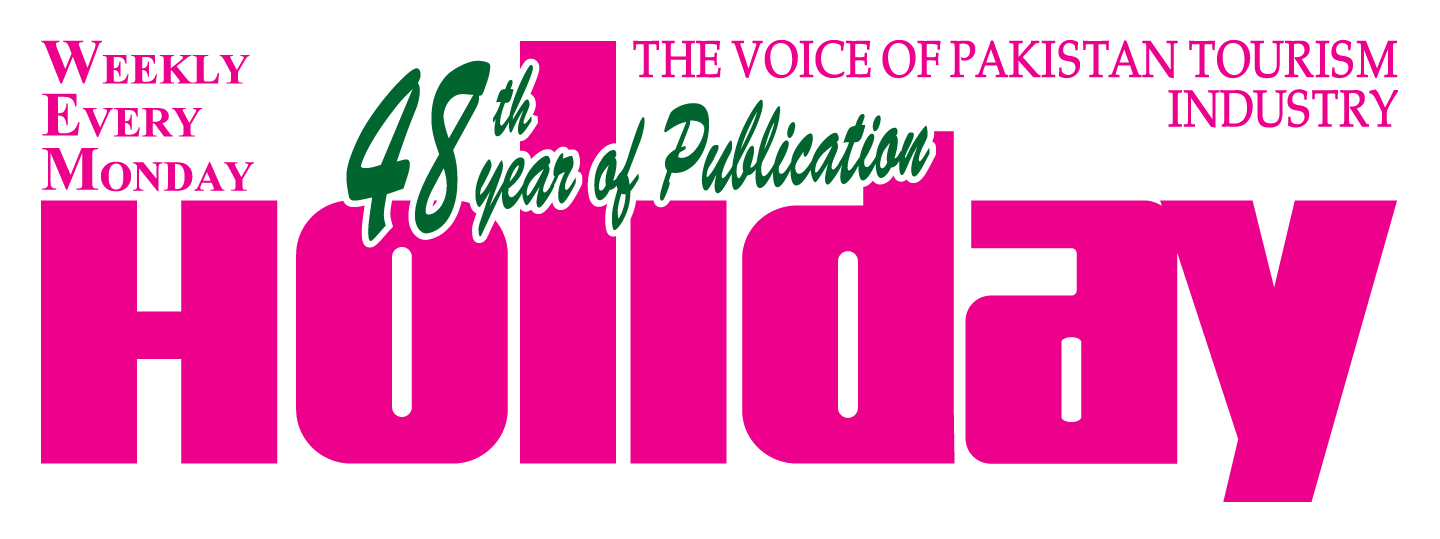VENICE: Officials in Venice have voiced hope the coronavirus crisis will provide an opportunity to reimagine one of the world’s most fragile cities, creating a more sustainable tourism industry and attracting more full-time residents.
[huge_it_slider id=”548″]
For years, the Italian city has faced an almost existential crisis, as the unbridled success of its tourism industry threatened to ruin the things that have drawn visitors for centuries.
Now the coronavirus pandemic has dammed off the tide of tourists and rocked the city’s economy, leaving the famed lacquered black gondolas moored, museums sealed shut and St Mark’s Square, normally teeming in any eason traversed at any given moment by just a handful of souls.
The pandemic – following on the heels of a series of exceptional floods in November that dealt a first economic blow – ground the city to a halt and promised government assistance has been slow to arrive.
Mayor Luigi Brugnaro, speaking in the empty piazza in front of St Mark’s Basilica, said: “This allows us to rethink life in the historic centre.”
The population of the historic city centre has shrunk to some 53,000, down by one-third from a generation ago.
To help repopulation, Mr Brugnaro favours a proposal from the city’s Ca’ Foscari university to rent to students apartments that had been removed from housing stock as tourist rentals.
The mayor imagines a dynamic he witnessed in Boston, where those who come to study fall in love with the city and stay.
Mr Brugnaro also wants to create a centre to study climate change, given the city’s vulnerability to flooding, that could attract scientists who would become residents.
He imagines triggering a sort of Renaissance that would bring other foreign residents – creatives – who for centuries were the city’s lifeblood.
And he would like to resize the so-called hit-and-run mass tourism on which the economy depends.
“Venice is a slow city,” he said. “The slowness of Venice is the beauty of Venice.”
Luigi Brugnaro
Visions for Venice’s future include calls to offer tax breaks to bring traditional manufacturing back to the historic centre. Civic groups have suggested incentives to restore traditional ways of Venetian life, like the standing rowboats used for centuries by residents but that struggle to compete with motorised boats.
The mayor and tourism officials estimate it will be at least a year until tourists – who have numbered 30 million a year – return in any significant numbers. While many are revelling in the drop in noise pollution and improved air quality, a year without tourists also means many jobs will be wiped out.
“It will be a fight for survival,” said Claudio Scarpa, the head of the Venetian hotel association.
Mayor Mr Brugnaro is hoping to send a signal of recovery by staging the popular Redeemer’s festival in July. The annual event celebrates the end of the plague in 1577 – one of the most disastrous episodes in Venetian history – with a regatta and a spectacular fireworks display.
“It will be something out of this world to see,” he said, “watching from a boat in St Mark’s Basin.”
